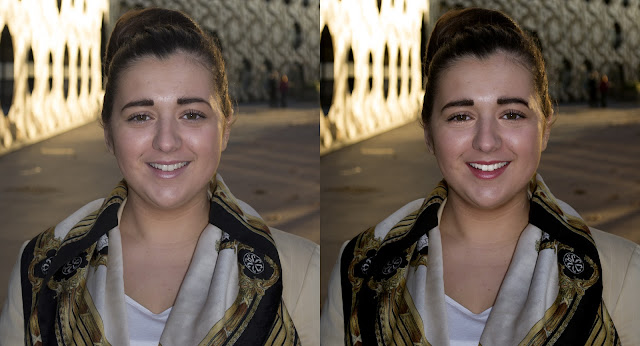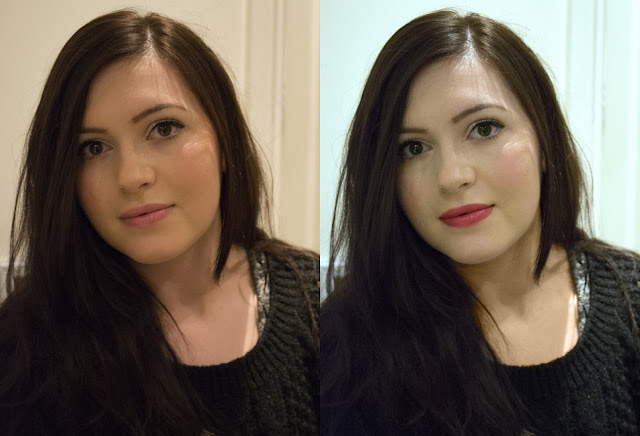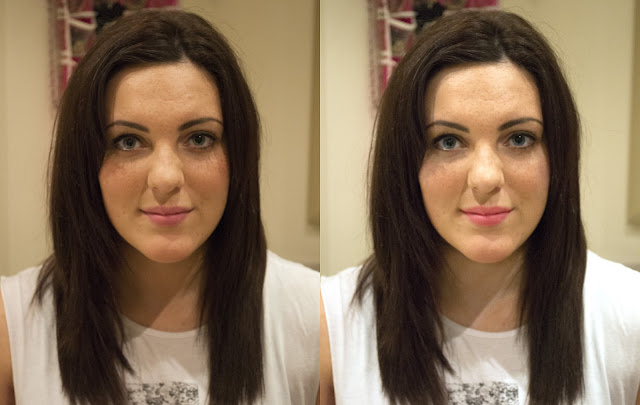
Copyright is one of the most important factors to take into
consideration when creating work, and not just in the fashion industry.
Copyright refers to the act of giving the creator of their work the legal
rights to it, to stop others from doing the same. Copyright doesn’t just refer
to works but also to brands and branding. For example luxury brand names and
even high street fashion stores such as Dior, Louis Vuitton and Topshop and
Zara are copyrighted so anyone wanting to start up a brand could not use these
names.
Anyone can
copyright his or her work, at a starting cost of £12 in the UK and in American
$35. This can be anything from art, music, movies, plays, dances and so on and
the work must be issued when applying for copyright.
Burberry (left) Primark (right)
Christian Louboutin (left) Topshop (right)
With regards to
the fashion industry, many companies have been involved in lawsuits due to
luxury fashion houses complaining fast fashion brands are stealing their
ideas by creating cheaper imitations of particular garments. For example Forever
21 has
been sued for copying designers more than 50 times including Anna Sui and Diane von Furstenberg. But they
are not the only culprits of this so called copycatting. Primark released a
coat practically identical to that of Burberry and Topshop’s studded pumps are
very similar to Christian Louboutins’ Spiked loafers. This
however doesn’t stop brands from producing cheaper dupes for the high street
consumer. This sort of behavior is what makes the industry so competitive and
it will forever be like this as there is no official copyright in the industry.
When creating my
own work, I must think about copyright as for my first project titled Fashion
Retail & PR, I have to rebrand Lanvin’s fragrance My Sin. As there are so
many perfumes around and major competitors such as Lanvin, Chanel and Dior are
striving to be better and better and keep on top, it’s important my ideas are
original, and don’t compare to perfumes recently launched. However there is the
opinion that nothing is never ‘new’, we just haven’t seen it before due to the
inspiration being before our time. For example, Madonna’s Material Girl video
and Marilyn Monroe’s Diamonds are a Girls Best Friend but because of the time
between them, this is seen as taking inspiration from influences.
If I were to make a viral campaign for my relaunch and I did want to use
well-known music or something that I hadn’t created myself I would have to gain
permission from them and credit them for it unless I had made or modified it in
some way.

















